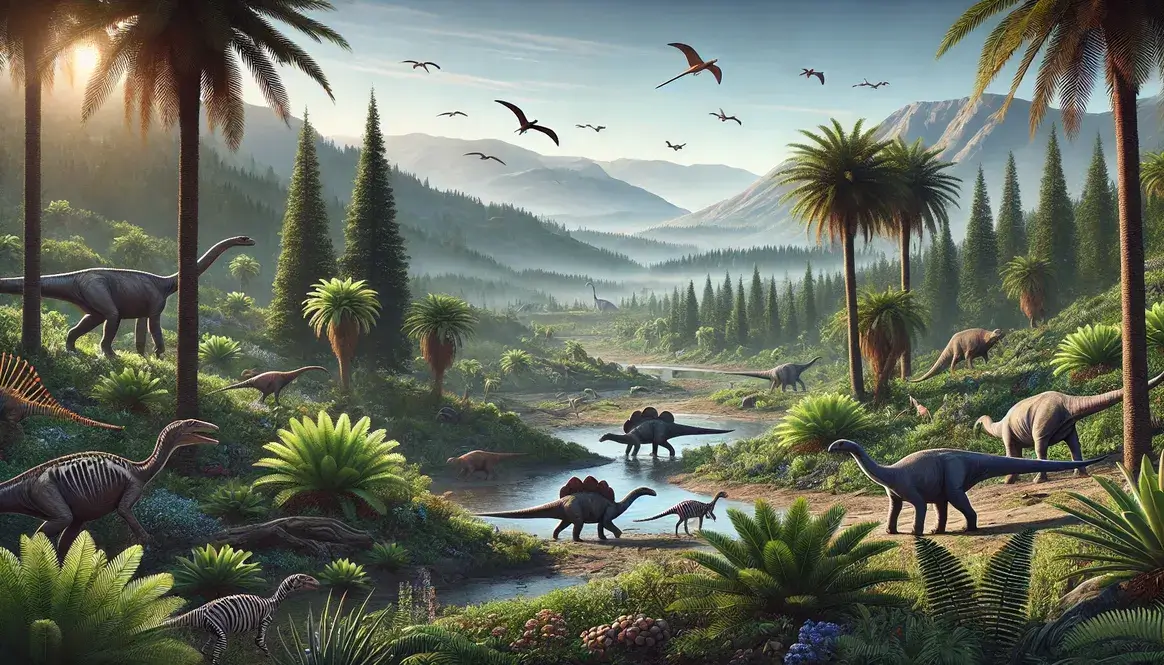
The Triassic Period (252 to 201 million years ago) marked the beginning of the Mesozoic Era and the rise of the dinosaurs and is one of the three main dinosaur time periods.
This fascinating period followed the devastating Permian-Triassic extinction event and set the stage for the dominance of dinosaurs in the Jurassic and Cretaceous periods.
During the Triassic Period, all the continents were stuck together in one huge landmass called Pangaea. Most of Pangaea was hot and dry, with big deserts covering a lot of the land. But some parts of Pangaea had rainy seasons that created lush areas with lots of plants and animals.
The Tethys Sea was a big ocean that separated the northern and southern parts of Pangaea. It had warm, shallow waters that were home to many different kinds of sea creatures and also affected the weather patterns on land.
The Tethys Sea was a big ocean that separated the northern and southern parts of Pangaea. It had warm, shallow waters that were home to many different kinds of sea creatures and also affected the weather patterns on land.
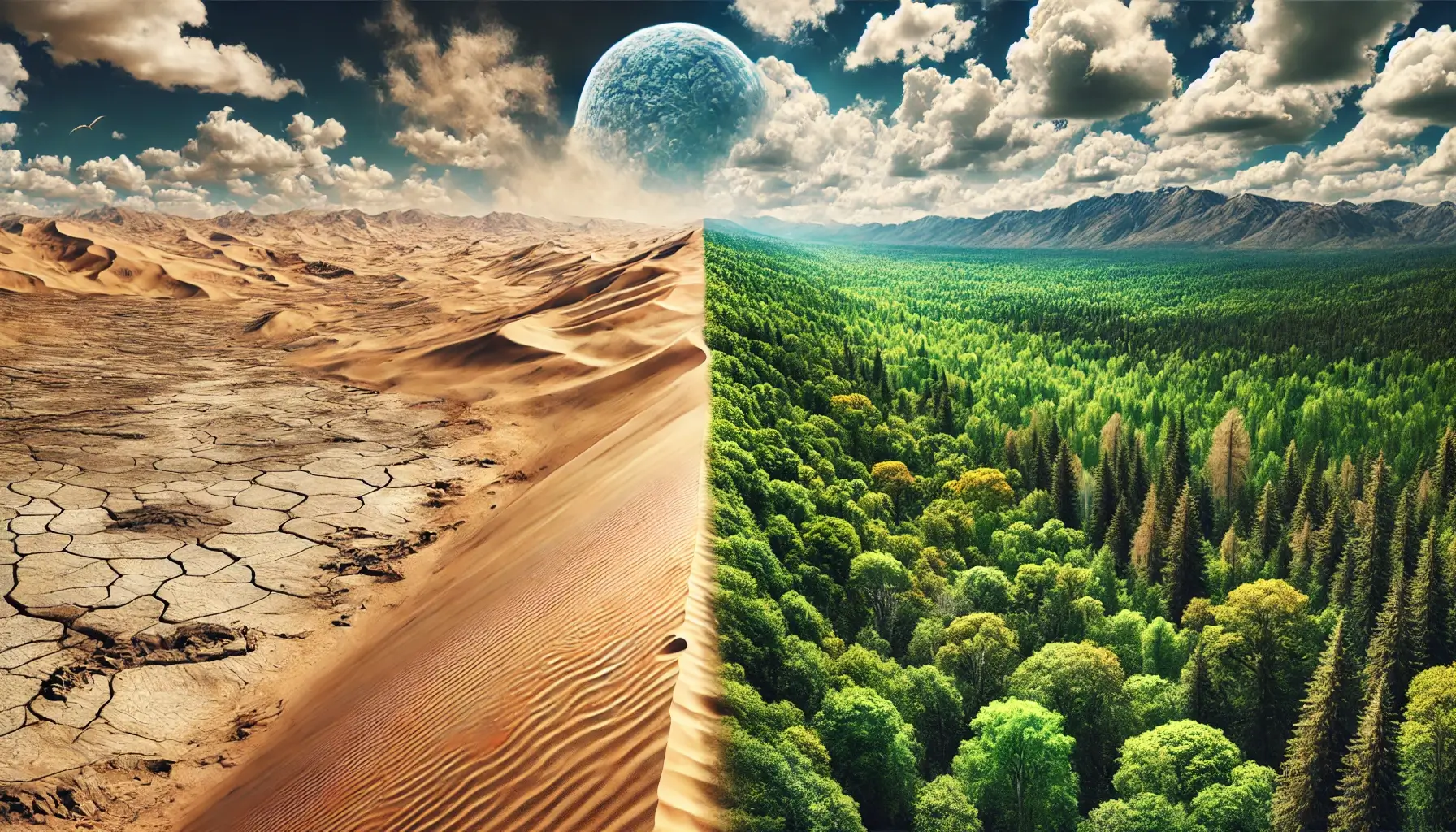
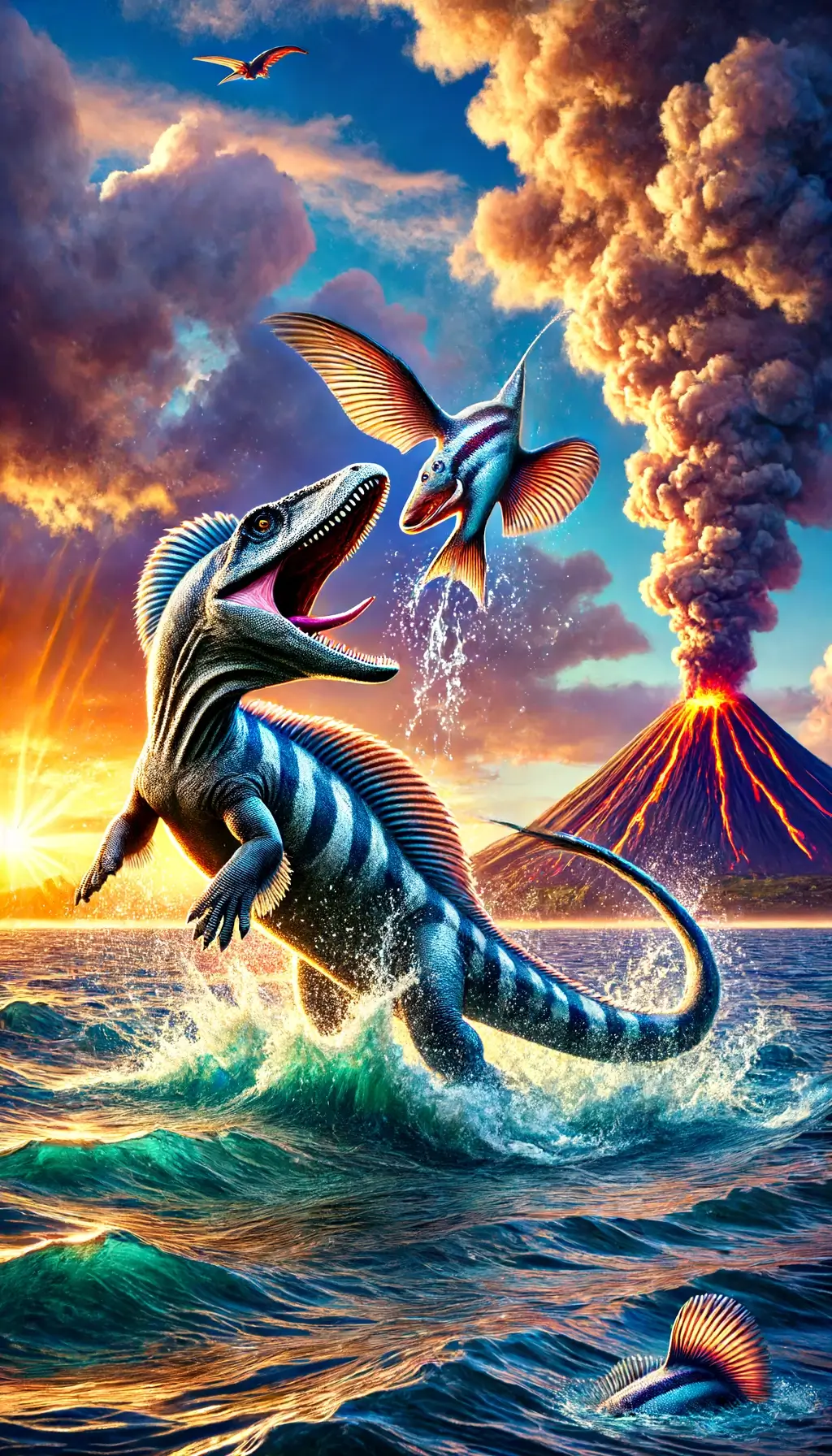
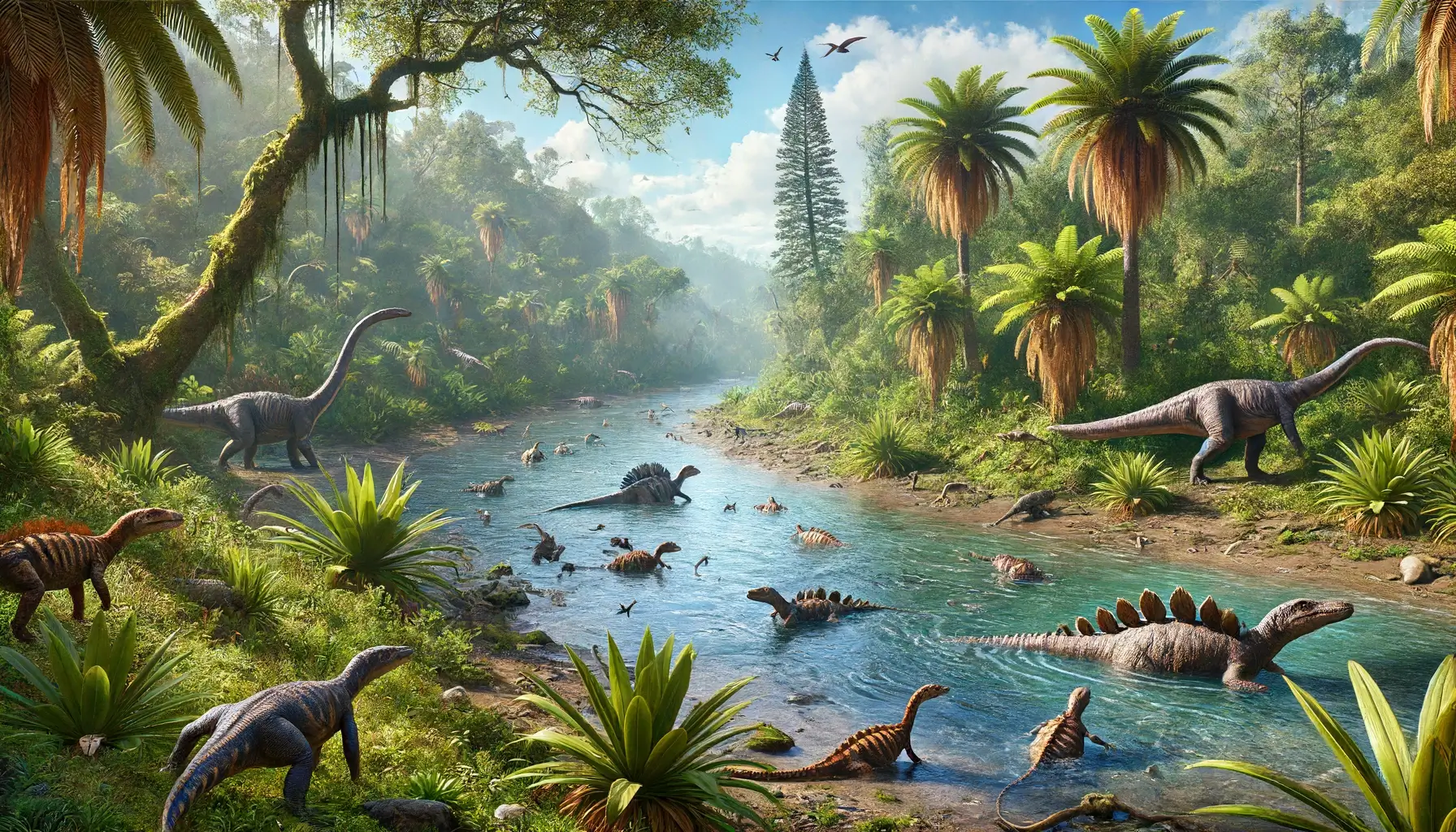
The climate during the Triassic Period wasn't just hot and dry all the time. There were also times when it was much wetter, especially near the equator. These changes in climate affected the types of plants and animals that could live in different parts of Pangaea.
For example, during the wet seasons, some areas of Pangaea would have had big rivers and swamps. These wet habitats were home to animals like Metoposaurus, a large amphibian that looked a bit like a giant salamander!
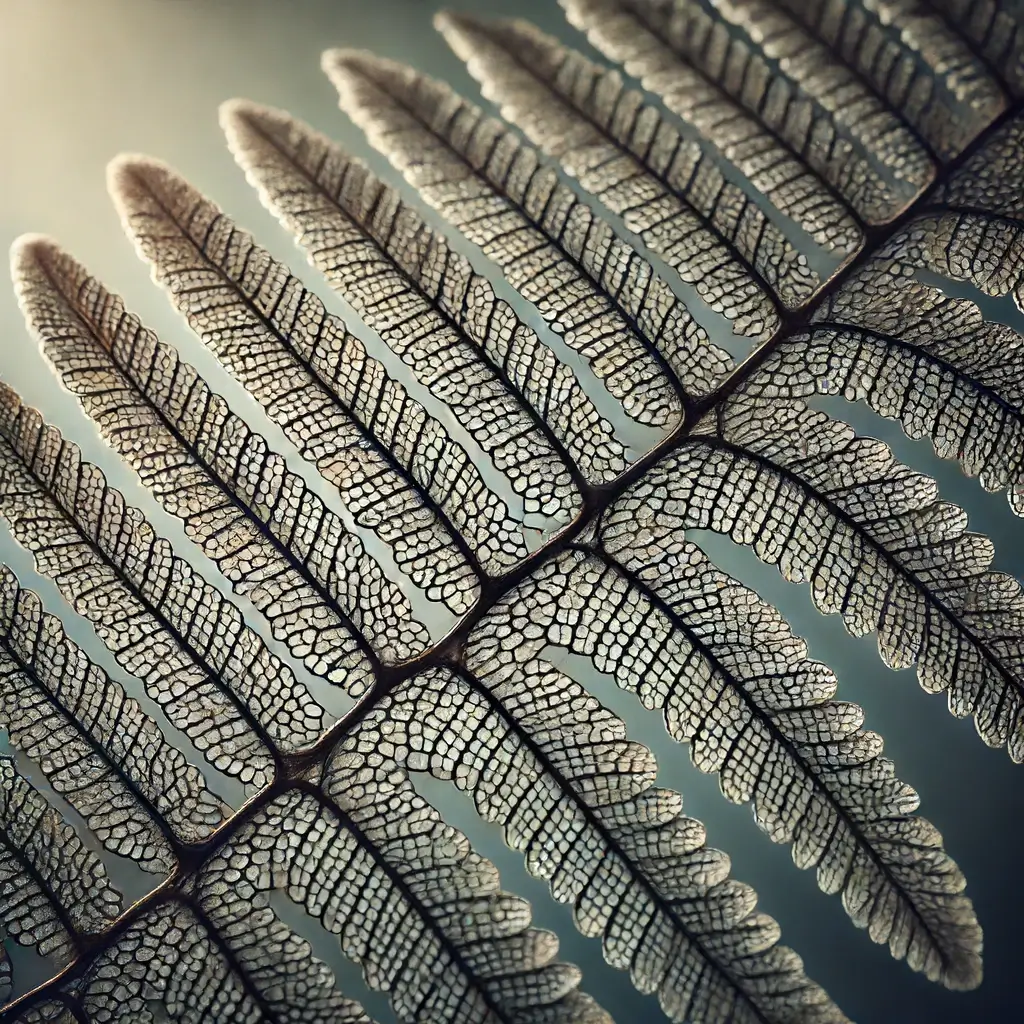
The Triassic Period saw the rise of many new types of plants and animals. Coniferous forests with tall trees spread across much of Pangaea, while ferns, cycads, and horsetails also grew in many areas. These plants provided food and homes for the first dinosaurs and other early reptiles.
Some of the coolest dinosaurs that lived during the Triassic Period were:
The Triassic Period had many other interesting animals too, like Placerias (a big, cow-like creature), Coelophysis (a small, fast-running dinosaur), and Cynognathus (a mammal-like reptile).
Although the first dinosaurs were small and walked on two legs, they quickly evolved into many different shapes and sizes. Some of the new types of dinosaurs that appeared during the Triassic Period included:
As dinosaurs continued to evolve and spread out across Pangaea, they began to take on the roles of top predators and large herbivores, setting the stage for their dominance in the Jurassic and Cretaceous Periods.
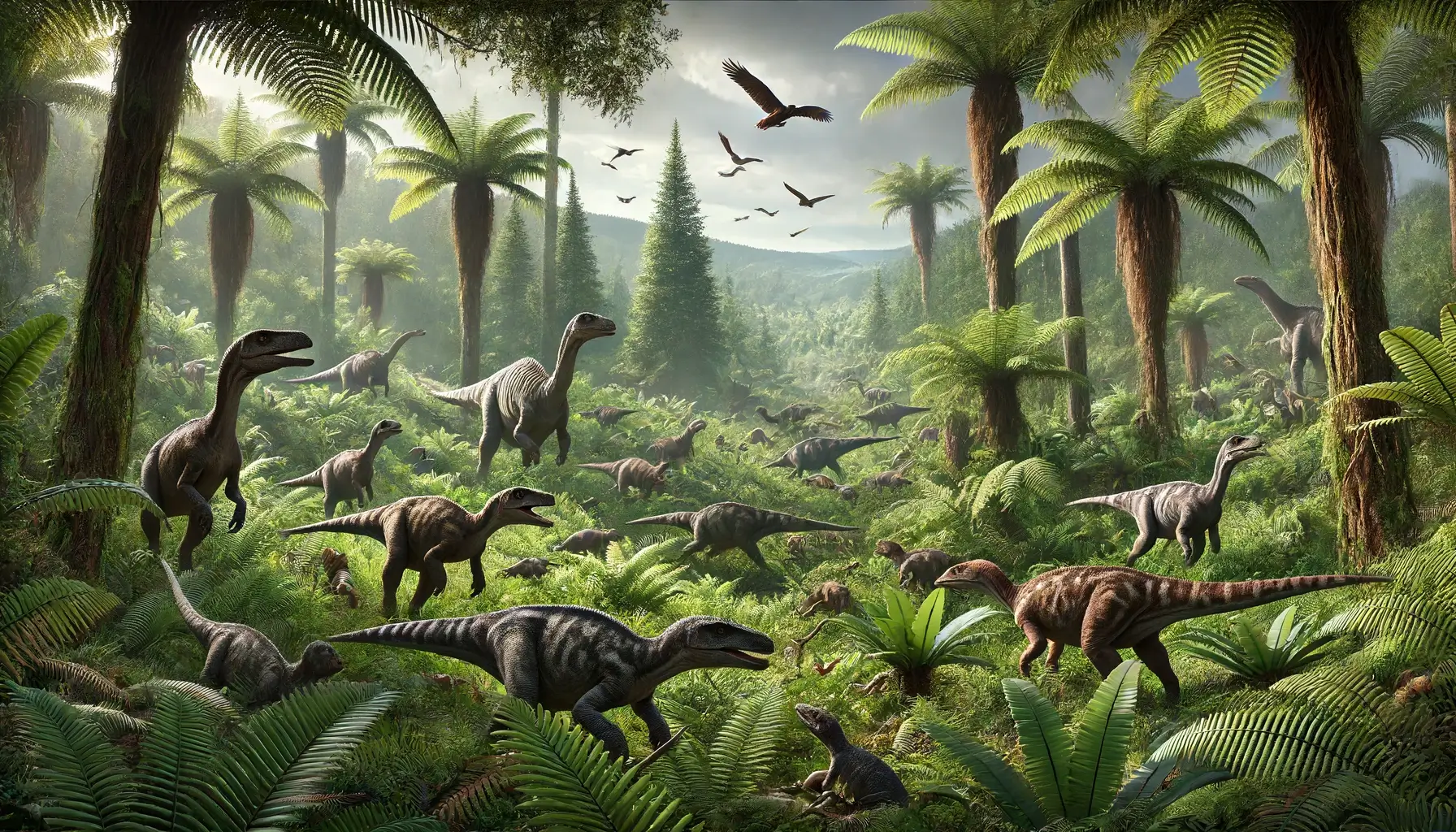
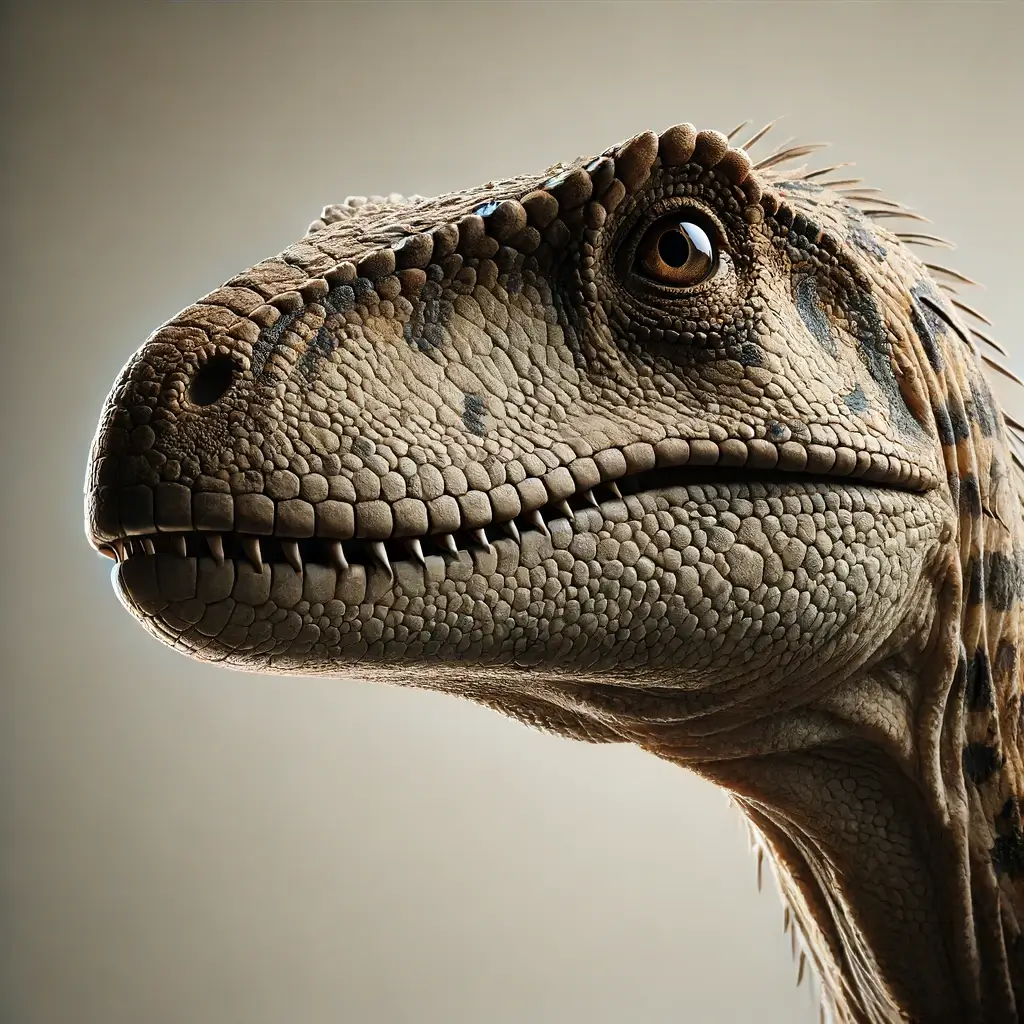
While dinosaurs were evolving on land, the Tethys Sea was home to a wide variety of marine reptiles and fish. Some of the most interesting sea creatures of the Triassic Period included:
The Tethys Sea was a constant presence throughout the Triassic Period, and its warm, shallow waters played a big role in shaping the climate and life on Earth during this time.
The very first dinosaurs evolved from a group of reptiles called archosaurs around 245 million years ago, in the middle of the Triassic Period. These early dinosaurs were small, walked on two legs, and mostly ate meat. As time went on, they spread out across Pangaea and evolved into many different types of dinosaurs that would rule the Earth for the next 150 million years!
One of the things that made dinosaurs special was the way they stood upright on two legs. This allowed them to move faster and breathe more easily than other reptiles, giving them an advantage in the Triassic world.
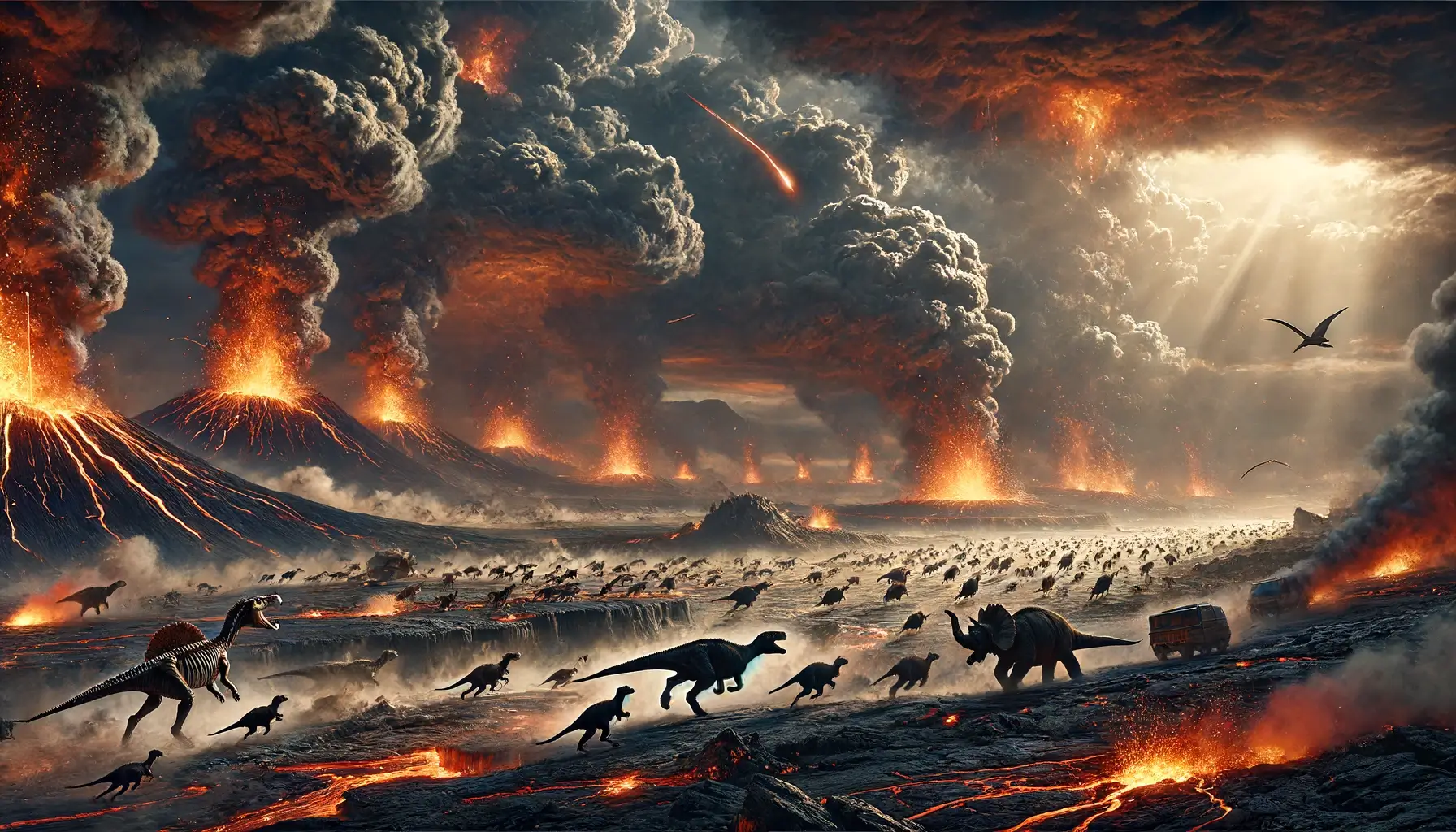
The Triassic Period ended with a big extinction event that wiped out many of the large reptiles and mammal-like creatures that had been living on Earth. This extinction was probably caused by a mix of things, like volcanoes erupting, the climate changing, and Pangaea starting to break apart.
One of the biggest factors in the Triassic-Jurassic extinction was the Central Atlantic Magmatic Province (CAMP). Around 201 million years ago, massive volcanic eruptions in what is now eastern North America and northwestern Africa released huge amounts of gases into the atmosphere, causing rapid climate changes that many plants and animals couldn't survive.
Although the CAMP eruptions and the Triassic-Jurassic extinction were really bad for many species, they also created new opportunities for the survivors, especially the dinosaurs. They were able to take over the empty spots left behind and become the dominant animals in the Jurassic Period.
The Triassic Period began about 252 million years ago and ended around 201 million years ago.
The word "Triassic" comes from the three distinct rock layers (tri- meaning "three") that were found in Germany and northwestern Europe, where the Triassic Period was first studied.
The climate during the Triassic Period was generally hot and dry, with large deserts covering much of the supercontinent Pangaea. However, there were also periods of heavy rainfall and monsoons in some regions.
The Triassic Period saw the rise of coniferous forests, ferns, cycads, and horsetails. These plants provided food and shelter for early dinosaurs and other reptiles.
The first dinosaurs were small, bipedal, and mostly carnivorous. They evolved from a group of reptiles called archosaurs around 245 million years ago, during the Middle Triassic.
The Triassic-Jurassic extinction event was likely caused by a combination of factors, including massive volcanic eruptions (the Central Atlantic Magmatic Province or CAMP), rapid climate changes, and the breakup of the supercontinent Pangaea.
While true mammals had not yet evolved, there were mammal-like synapsids such as Cynognathus and Thrinaxodon that lived during the Triassic Period. These creatures laid the foundation for the evolution of mammals in the later Mesozoic Era.